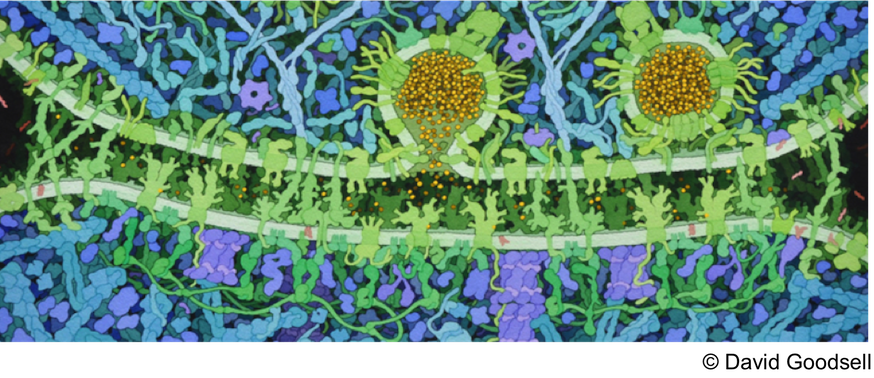1. INTRODUCTION
At the center of the DNA damage Fanconi Anemia repair pathway is the FANCD2/FANCI complex, which is monoubiquitinated upon DNA damage, and this monoubiquitination is indispensable for activation of the pathway (Ref1). However, neither FANCD2 nor FANCI have any recognizable domains, which results in limited understanding of the molecular functions of the complex. In this study, we have taken a structural approach to better understand the function of the human FANCD2/FANCI complex.
2. ResulTS Experimental methods The native full-length human FANCD2/FANCI complex and the FANCD2/FANCI complex with the C-terminus FANCD2 truncated were purified and subjected to cryo-EM analysis. The activity of the complex was studied in vivo and in vitrousing various assays.Results
Here, we provide the first structural insight into the full-length human FANCD2/FANCI complex utilizing cryo-EM. The complex has a pocket-like main body, a thumb-like structure consisting of the C-terminus of FANCI and a distinctive fork-like tower consisting of the C-terminus of FANCD2 (figure). Deletion of the C-terminus of FANCD2 leads to defective DNA interstrand cross-link repair (ICL repair). FANCD2 lacking the C-terminus cannot be monoubiquitunated, while the bona fide monoubiquitination site (Lysine 561) is still present. Furthermore, the association with FANCI and the interaction between FANCD2 and the responsible E3 ligase complex, the FA core complex, remain unaffected in the mutant. The structure of the FANCD2/FANCI complex with the C-terminus FANCD2 truncated was also studied using cryo-EM, this truncated domain is located in the fork-like tower (Figure and ref 2)
3. ConclusionConclusion
A new domain of FANCD2 was discovered. The fork-like tower domain in the C-terminus of FANCD2 is required for its complete functions in the ICL repair. Interestingly, several disease-causing mutations lie within this region, underscoring the importance of this domain.
Translational Applicability
Our results contribute to uncover the mechanism of how the FANCD2/FANCI complex functions. A better understanding of the molecular mechanism underlying the FA pathway will increase our chances of developing better and more targeted modes of treatment.
References
1- Liang CC, Bao Zhan B, Yoshikawa Y, HaasW, Gygi SP, and Cohn MA. UHRF1 Is a Sensor for DNA Interstrand Crosslinks and Recruits FANCD2 to Initiate the Fanconi Anemia Pathway. (2015) Cell reports 10, 1947-1956,
2- Liang CC, Li Z, Lopez-Martinez D, Nicholson WV, Vénien-Bryan C, Cohn MA The FANCD2-FANCI complex is recruited to DNA interstrand crosslinks before monoubiquitination of FANCD2. (2016) Nat Commun. 7:12124.

 PDF version
PDF version
